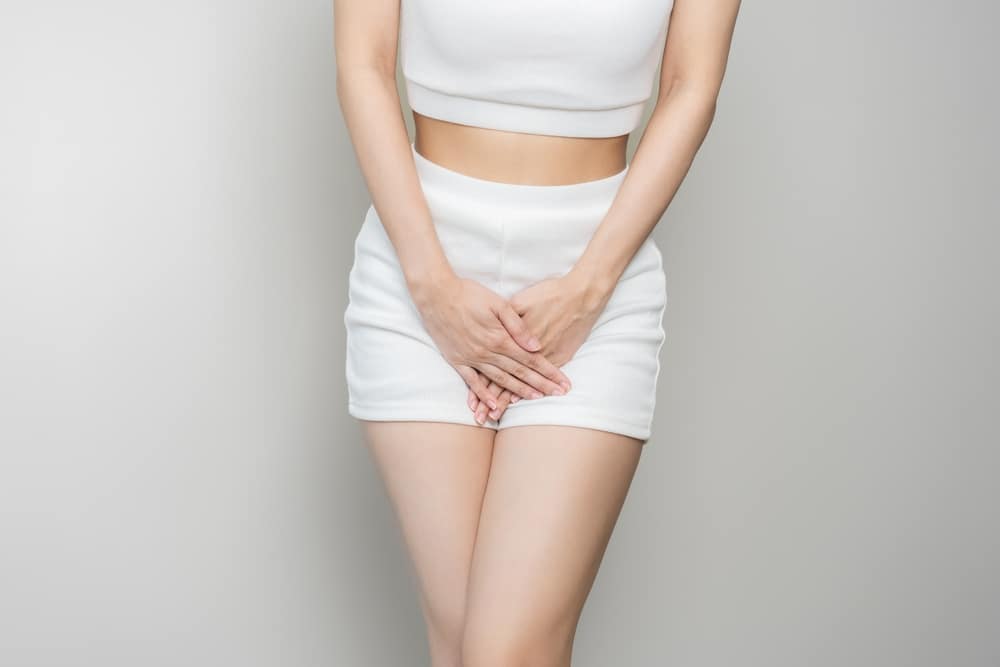Urinary incontinence, the involuntary loss of bladder control, frequently surfaces in discussions about aging. Many assume it’s an unavoidable part of getting older, but is this really the case? Here, we aim to explore the reality behind urinary incontinence, debunk myths, and introduce effective treatments and preventive measures to help manage this condition.
What Is Urinary Incontinence?
Urinary incontinence is the involuntary leakage of urine, a condition that can affect individuals of all ages, although it becomes more common as people get older. This condition can range from occasional leaks when sneezing or coughing to a sudden, strong urge to urinate that doesn’t allow enough time to reach a restroom. Urinary incontinence can be a result of various underlying issues, including weakened pelvic floor muscles, nerve damage, urinary tract infections, or certain medications.
What Are the Different Types of Urinary Incontinence?
Urinary incontinence is not a one-size-fits-all condition. Several types, each with unique causes and symptoms, affect individuals differently. Understanding these variations is crucial for effective management and treatment:
Stress Incontinence
With stress incontinence, leakage occurs when the bladder is pressured, such as during exercise, coughing, sneezing, or laughing. This type is often due to weakened pelvic floor muscles or the urethral sphincter.
Urge Incontinence
Urge incontinence is characterized by a sudden, intense urge to urinate followed by involuntary leakage. It is commonly associated with overactive bladder syndrome, where bladder muscles contract involuntarily.
Overflow Incontinence
Overflow incontinence occurs when the bladder doesn’t empty completely, leading to overflow and leakage. This type often results from a blockage of the bladder outlet or a weak bladder muscle.
Functional Incontinence
Functional incontinence refers to leakage due to physical or mental impairment that prevents timely bathroom use. Conditions like arthritis, stroke, or dementia can interfere with reaching a restroom in time.
Mixed Incontinence
Mixed incontinence is a combination of stress and urge incontinence. Individuals experience symptoms of both types, often requiring a multifaceted treatment approach.
Is Urinary Incontinence Inevitable as We Age?
While urinary incontinence becomes more prevalent with age, it is not an inevitable part of aging. Many factors can influence its onset and severity, including lifestyle, medical conditions, and overall health. Here are some key points to consider:
Pelvic Floor Health
Maintaining strong pelvic floor muscles through exercises like Kegels can significantly reduce the risk of urinary incontinence. These exercises strengthen the muscles that support the bladder and urethra.
Healthy Lifestyle
A balanced diet, regular exercise, and a healthy weight can help prevent or reduce urinary incontinence. Obesity increases abdominal pressure, which can weaken the pelvic floor muscles.
Medical Conditions
Certain conditions like diabetes, stroke, and multiple sclerosis can increase the risk of urinary incontinence. Managing these conditions effectively can help reduce the risk.
Medications and Treatments
Some medications, such as diuretics or those for high blood pressure, can contribute to urinary incontinence. Consulting with a healthcare provider about the side effects of medications can help manage this risk.
Hormonal Changes
In women, menopause can lead to decreased estrogen levels, which can weaken the pelvic floor muscles. Hormone replacement therapy or other treatments may help mitigate this effect.
Proactive Management
Regular check-ups with a healthcare provider can help identify early signs of urinary incontinence and allow for timely intervention. Treatments range from lifestyle changes and pelvic floor exercises to medications and surgical options.
What Are Some Effective Treatments for Managing Urinary Incontinence?
Treatments for urinary incontinence have evolved far beyond basic interventions. Today, various therapies offer a solution to address urinary incontinence using non-invasive technologies. Additionally, pelvic floor strengthening exercises have proven highly effective. These exercises help tighten the muscles necessary for bladder control, providing relief and improved quality of life.
Which Treatments Do We Provide for Urinary Incontinence?
At Aledo Empowered Wellness, we understand the challenges of managing urinary incontinence. To address this, we offer specialized treatments designed to enhance bladder control and improve the quality of life for our patients. Two of our most effective treatments are FormaV and VTone.
FormaV
FormaV is a non-invasive therapy that delivers gentle thermal tissue remodeling over the pelvic floor area and other internal vaginal tissues. This treatment is specifically designed to address tissue laxity that can contribute to urinary incontinence, improving tissue tone and elasticity. The process is comfortable and requires no downtime, allowing patients to return to their daily activities immediately. This makes it an ideal choice for those seeking an effective and discreet solution.
VTone
Similarly, VTone utilizes multi-modal electrostimulation to rehabilitate weak pelvic floor muscles, a common cause of urinary incontinence. This FDA-cleared device is engineered to strengthen muscles, leading to improved bladder control. Each session is quick and non-invasive, offering a proactive approach to managing symptoms associated with urinary incontinence effectively.
Get Your Urinary Incontinence Treatments in Aledo, TX
At Aledo Empowered Wellness in Aledo, TX, we offer comprehensive solutions tailored to address various degrees of urinary incontinence. Understanding that each case of urinary incontinence may differ, we emphasize personalized treatment plans that target the unique needs of our patients. While our focus is on treatments specifically designed to strengthen the pelvic floor and enhance bladder control, evaluating each individual’s situation is important to determine the most effective approach.
We provide advanced therapies like FormaV and VTone, directly targeting the pelvic muscles and tissues associated with urinary control. If you’re experiencing symptoms of urinary incontinence, we encourage you to take the first step toward improving your quality of life. Contact us online or call (682) 332-0169 for a consultation. We are here to guide you through your options and help you regain control and comfort in your life.




